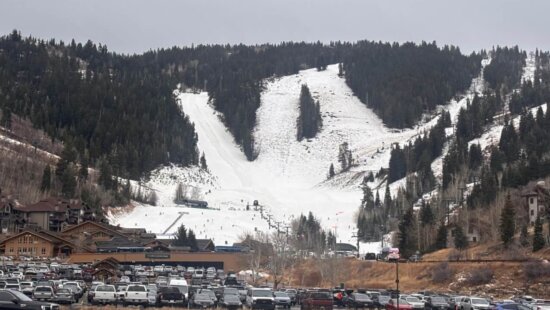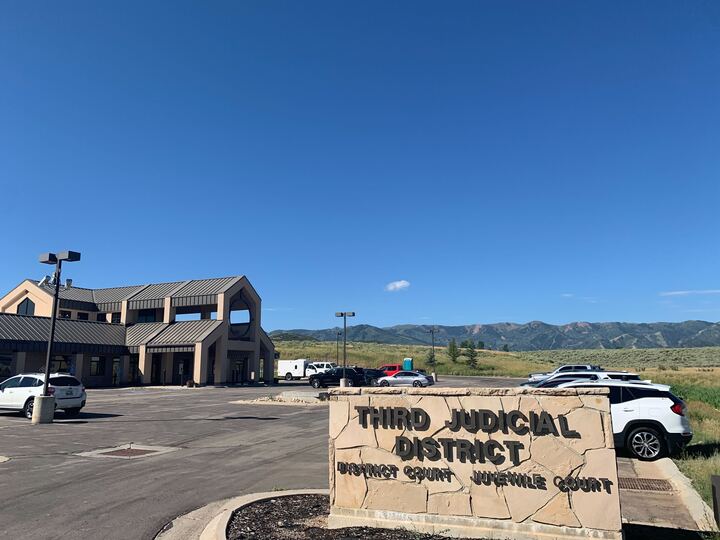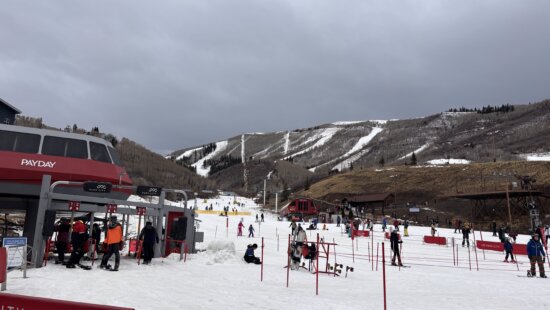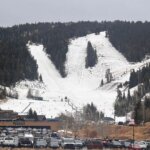News
Moab rock full of dinosaur bones still yielding fossils
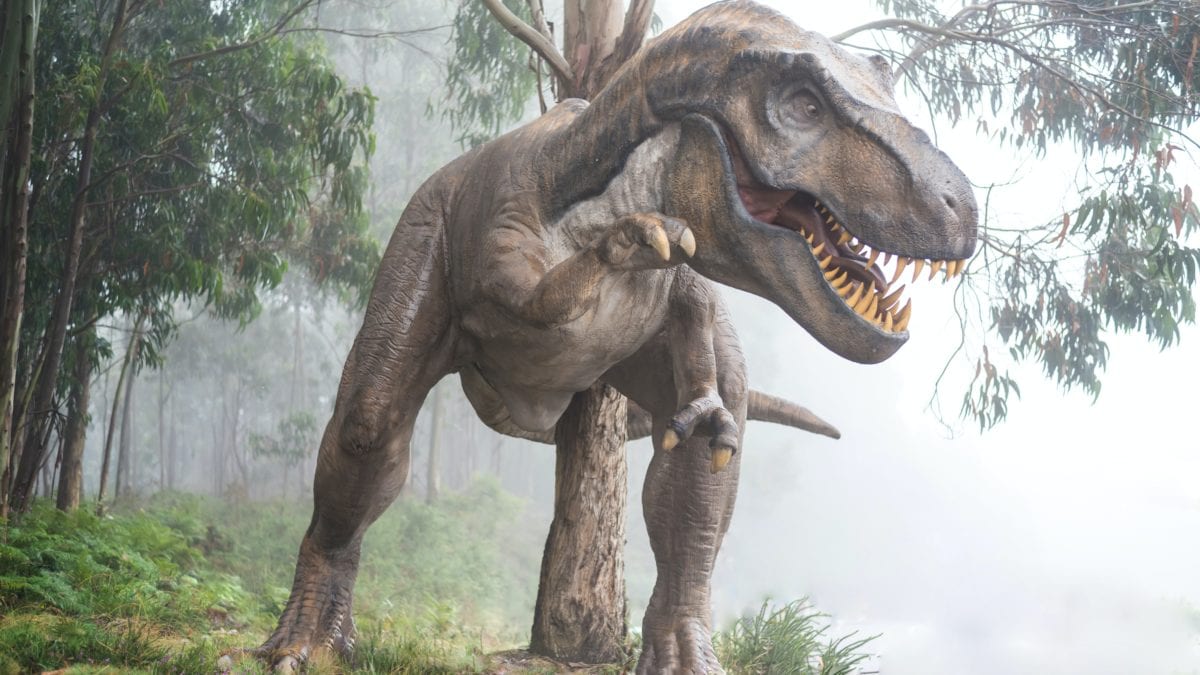
The Utahraptor Project has set up a GoFundMe page to help support the megablock project. Photo: Fausto García
SALT LAKE CITY, Utah. (AP) — A giant rock jammed full of dinosaur bones continues to amaze Utah scientists as they slowly pick away at it to reveal its secrets, unscrambling what may be Utah’s biggest single discovery of dinosaurs.
But the problem after years of such effort is finding enough money to continue, the Deseret News reported.
“People kind of expect the funding is there,” said state paleontologist James Kirkland. “Everyone thinks someone else is paying for it. And in the end, you don’t have many people paying.”
A retired couple in Pennsylvania is now trying to energize the fundraising effort. The two dinosaur enthusiasts previously donated $50,000 to the cause. Now they’re offering an additional $50,000 as a matching grant if other donors kick in the same amount.
The pile of fossilized bones was discovered 20 years ago on a rocky slope near Moab. It is referred to as the ‘megablock’ and it’ll yield numerous juvenile and adult skeletons that will be reassembled into a pack of Utahraptor dinosaurs and displayed at the Natural History Museum of Utah.
“It’s certainly one of the most amazing things that I’ve ever seen in my career,” Don DeBlieux of the Utah Geological Survey said in June of 2013. That was just after scientists and volunteers encased a big chunk of the rock in a protective jacket of plaster and burlap. They subsequently hauled the rock to the Wasatch Front and began the effort to puzzle out its ancient contents.
Now, nearly a decade later, the 9-ton rock is parked in a state-owned garage in Salt Lake City. “It’s just jam-packed with bones on the surface here,” said Scott Madsen. “It’s just an amazing assemblage of bones.” Madsen, a professional fossil preparator, has spent years drilling, carving, and dusting the surface of the rock to expose the bones. “Trying to remove the rock from the bone without damaging the bone,” he said. “We’ve got a femur, a tibia. There’s a beautiful lower jaw right here.”
That’s just one tiny section of the rock’s surface. No one can see inside the slab of rock, but scientists believe it contains the fossilized bones of many dinosaurs. “I think there are dozens,” Kirkland said. It hasn’t been proven yet but Kirkland is nearly certain it’s a pack of reptiles from a species that was named for its discovery in the state of Utah. The fossilized bones appear to be disassembled skeletons of Utahraptors.
“Including four little tiny babies,” Madsen said. “And we’re talking about a chicken-sized animal here.” Adult Utahraptors were medium-sized, voracious predators, similar to the quick, vicious killers that terrorized children in a fictional kitchen in Steven Spielberg’s film “Jurassic Park.”
Geologists have concluded that the slab full of bones was originally a puddle of quicksand 136 million years ago. It appears that some unlucky plant-eating dinosaur got stuck in the quicksand and a pack of Utahraptors moved in on him for dinner.
“What happens,” Madsen said, is “they get in here and they can’t get out either. And they end up dying and getting buried and disappearing in the muck.” Geologists believe the quicksand hardened into sandstone around 136 million years ago.
Kirkland’s hope is that scientists and volunteers will eventually be able to extract enough bones to assemble an entire sequence of Utahraptor skeletons that show the creature at all ages and sizes. The skeletons might ultimately be put on display at the Natural History Museum of Utah and, perhaps, at a proposed Utahraptor State Park.
“I mean this thing will provide generations of researchers good, new science.” The Utah Geological Survey does not have money in its budget for the fossil preparation work. So far, most of the funding has come from out-of-state dinosaur enthusiasts and paleontology buffs. Schoolchildren in Utah and elsewhere have also contributed significant amounts of money.
The matching grant offered by the Pennsylvania couple will expire on May 1, setting a de facto deadline for raising another $50,000. If that effort fails, it’s not clear if the work will continue. Secrets that have been locked up for 136 million years may stay that way.
Donations to the project can be made at the Utah Geological Survey’s website or on The Utahraptor Project GoFundMe page, set up by Scott Madsen.
















